As the biggest city in Turkey and one of the world’s largest, Istanbul has a lot to offer tourists, including a stunning variety of cultural and historical sites.
The palaces in Istanbul are gorgeous examples of art and architecture, while also providing a glimpse into the history of the Ottoman Empire. Founded near the end of the 13th century, the Ottoman Empire conquered Istanbul – then known as Constantinople – in 1453.
For almost 500 years, the fate of the city was intertwined with that of the empire, which at one point controlled most of southeastern and central Europe, parts of eastern Europe, western Asia, and parts of Africa.
Throughout the centuries, but especially in the 1800s, many Ottoman sultans commissioned palaces to serve either as full-time residences or vacation homes.
Although the empire came to an end in the early 20th century, visitors can still tour and admire most of these palaces today.
8 Beautiful Palaces to Visit in Istanbul
Topkapı Palace
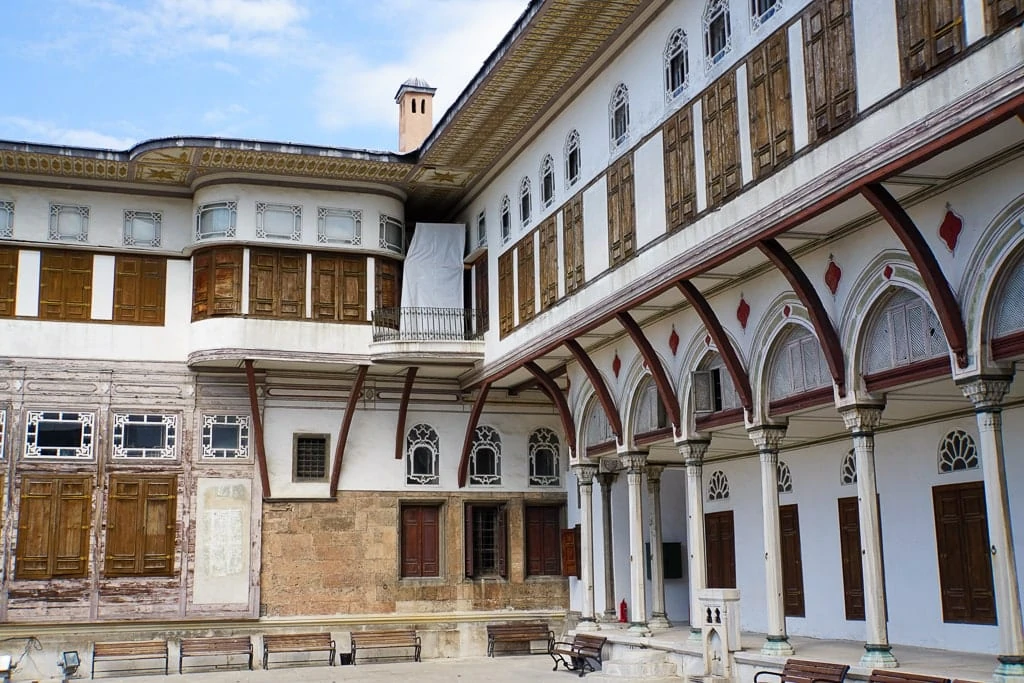
Construction of Topkapı, which means “Cannon Gate,” began in 1459. This massive palace complex served as the primary residence and headquarters for Ottoman Sultans throughout the 15th and 16th centuries.
The complex includes four main courtyards and many low buildings interspersed with more moderately-sized courtyards. The government transformed Topkapı Palace into a museum in 1924 after the Ottoman Empire ended.

Although the palace has hundreds of rooms, only a select few are open for public viewing. These include the Ottoman Imperial Harem (where female members of the Sultan’s family lived) and the treasury (where you can see the famous Topkapi Dagger, decorated with huge emeralds).
Visitors will also enjoy displays of Ottoman clothing, armour, religious items, and rare manuscripts. Topkapı Palace is a must-see part of the Historic Areas of Istanbul, a UNESCO World Heritage Site.
Aynalıkavak Pavilion
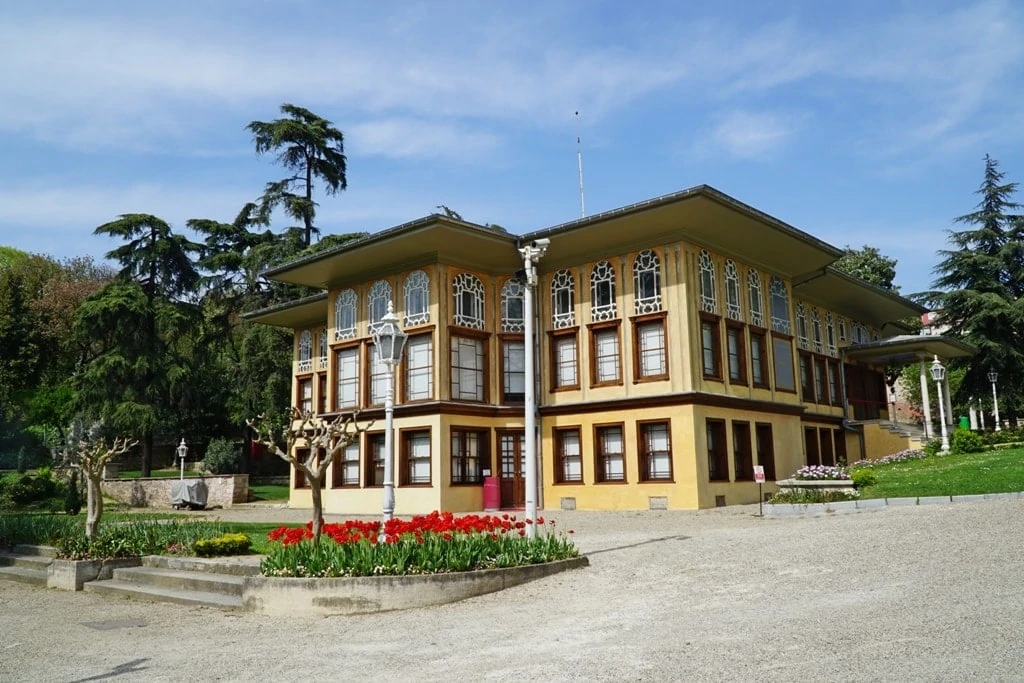
This pavilion is sadly the only remaining portion of the former Aynalıkavak Palace. Some claim most of this palace was built in the 17th century, while others believe the construction of the complex began much earlier and continued over the following centuries.
Aynalıkavak Palace was sometimes referred to as Tersane Palace, meaning “shipyard palace,” because of its proximity to the shipyard. The interior of the pavilion is luxuriously decorated and provides an excellent example of 18th-century Ottoman architecture.
Two of the pavilion’s windows feature engraved poems. Its lower floor is now a museum for historical Turkish musical instruments.
Dolmabahçe Palace
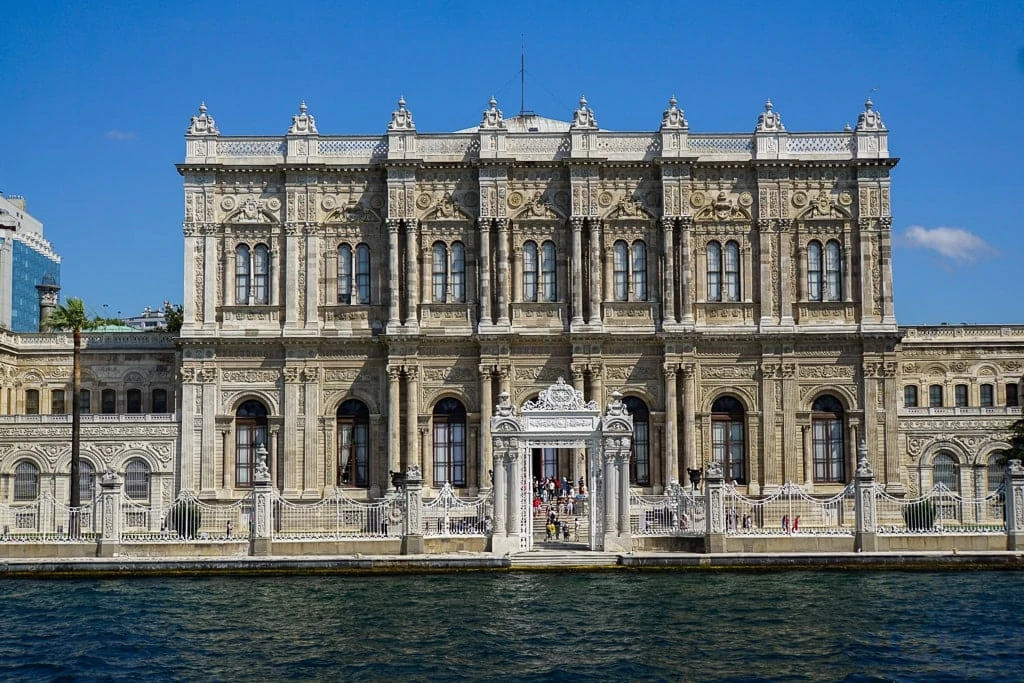
Dolmabahçe Palace was used by the Ottoman Empire during the late 19th and early 20th centuries. It replaced Topkapı Palace as the administrative centre of the empire and was the residence of six different sultans.
Unfortunately, its construction cost of five million Ottoman gold lira placed a significant burden on the state budget and contributed to the deterioration of the empire’s finances.

The Directorate of National Palaces now manages Dolmabahçe and the entire complex is open to visitors. Tourists can enjoy exquisite gold and crystal decoration and can see the world’s largest Bohemian crystal chandelier as well as a vast collection of oil paintings.
Yıldız Palace
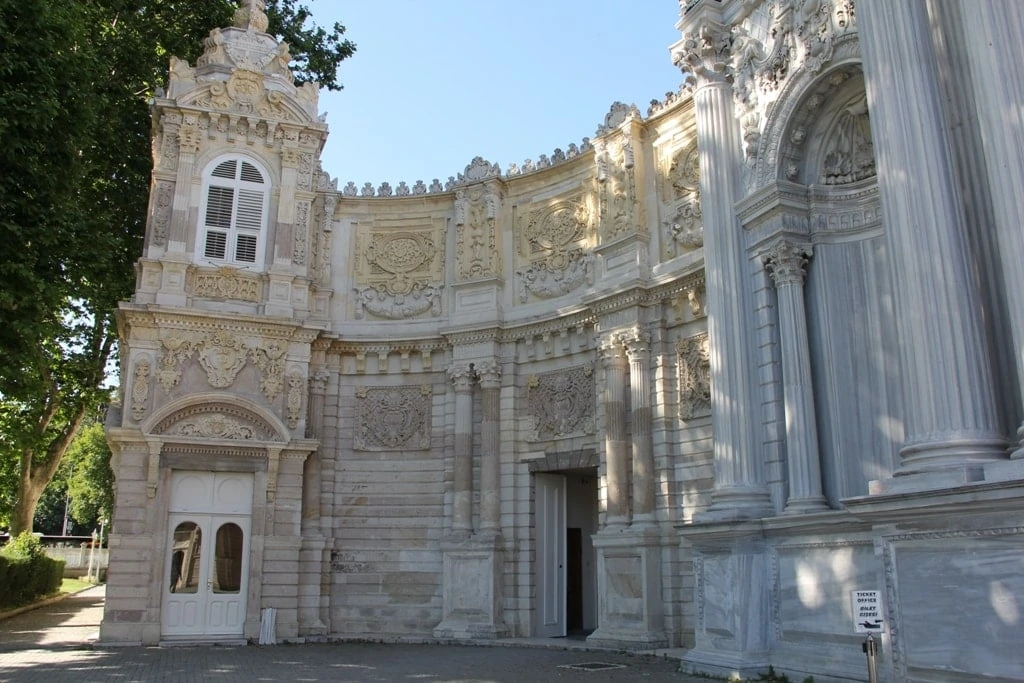
Sometimes called the “star palace,” Yıldız Palace is another fascinating complex of buildings built by the Ottomans in the late 19th and early 20th centuries. It was used as the residence for Sultan Abdülhamid II and his court in the late 19th century.
Abdülhamid II initially resided at Dolmabahçe Palace but wanted another option because its seaside location made it vulnerable to attack.
Like many of the other palaces in Istanbul, Yıldız Palace consists of a combination of pavilions and villas, including an opera house and a porcelain factory.
It was used at different times as a luxury casino, guest house, and museum before being allocated for the use of the Turkish president.
Beylerbeyi Palace

This elegant palace was commissioned in the mid-19th century by Sultan Abdülaziz. Its purpose was to be a summer residence for the Sultan and a distinguished place to entertain important foreign visitors.
Empress Eugénie of France was so charmed during her stay at Beylerbeyi Palace that she had her guest room window recreated for her bedroom in Tuileries Palace.
Although some consider Beylerbeyi’s style more restrained than that of other palaces in Istanbul, visitors will admire the bathing pavilions, reception hall, Egyptian reed matting, and crystal chandeliers. Beylerbeyi Palace also has gorgeous gardens spread out over 70 acres.
Çırağan Palace
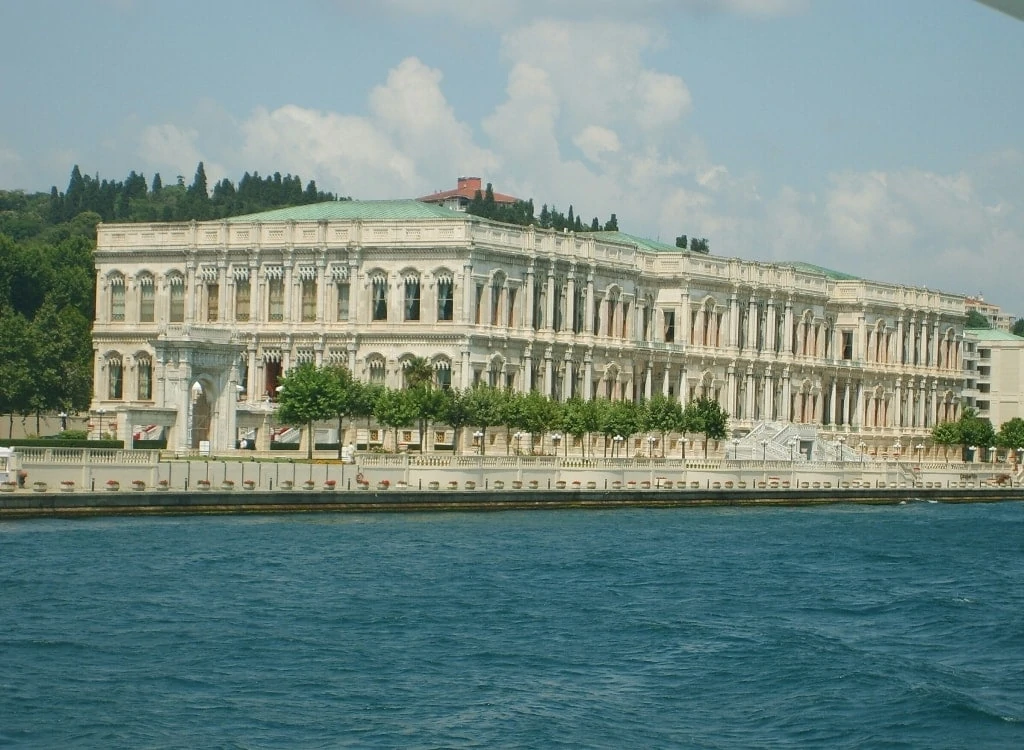
If you have $36,000 burning a hole in your pocket, perhaps you’d like to spend it on a night in the “Sultan’s Suite,” at Çırağan Palace. Originally an Ottoman Palace, Çırağan is now a five-star luxury hotel.
You may have noticed at this point that the 19th century was quite a popular time for building Ottoman Imperial palaces. Like five other palaces on our list, Çırağan was commissioned in the 19th century by an Ottoman ruler, in this case, Sultan Abdulaziz.
Unlike other palaces, however, the interior of Çırağan was destroyed by a fire in 1910 and subsequently used as a football field. Decades later, a Japanese corporation purchased the ruined palace and turned it into a hotel.
Ihlamur Palace

Ihlamur Palace is made up of two pavilions: the Merasim (or Ceremony) Pavilion and the Maiyet Pavilion. Located in what used to be a popular vacation area in Istanbul, Ihlamur was built to serve as a summer home for Ottoman sultans during the 19th century.
The elaborately decorated palace has excellent examples of Baroque design and has also been used for entertainment events and tournaments. Ihlamur is now under the care of the Directorate of National Palaces and has been open as a museum since 1985.
Küçüksu Palace
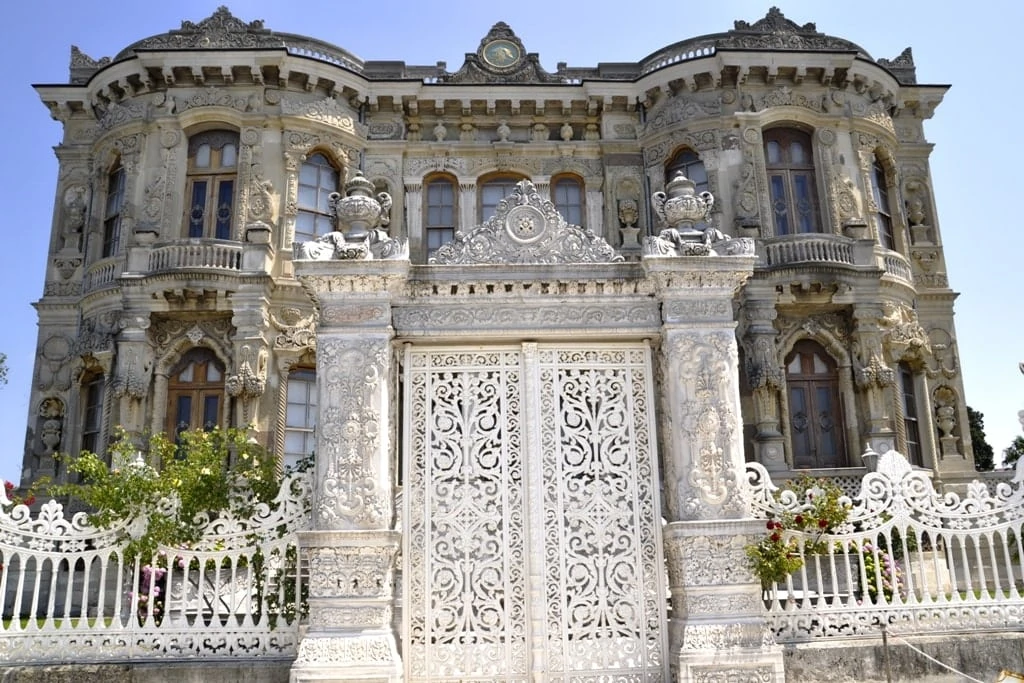
Its position on the edge of the Bosphorus must have made this the perfect summer residence for Ottoman sultans, who used it for short country excursions and hunting expeditions.
Commissioned in the mid-19th century, the building has two main levels and a basement, with a footprint of 15 x 27 meters.
But don’t be fooled into thinking it’s simple: Küçüksu’s interior features Italian marble fireplaces, Bohemian crystal chandeliers, impressive Turkish upholstery, and stunning exhibitions of paintings and other art.
It has been open to the public since 1944 and even appeared in a James Bond film in 1999.
